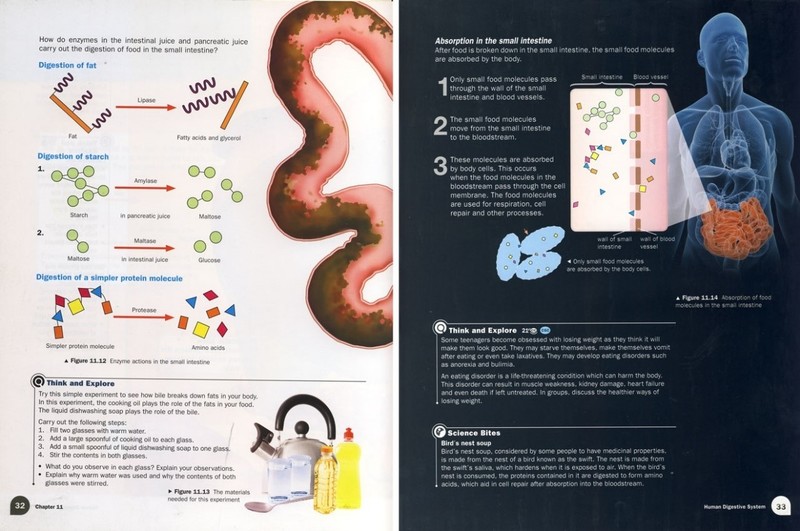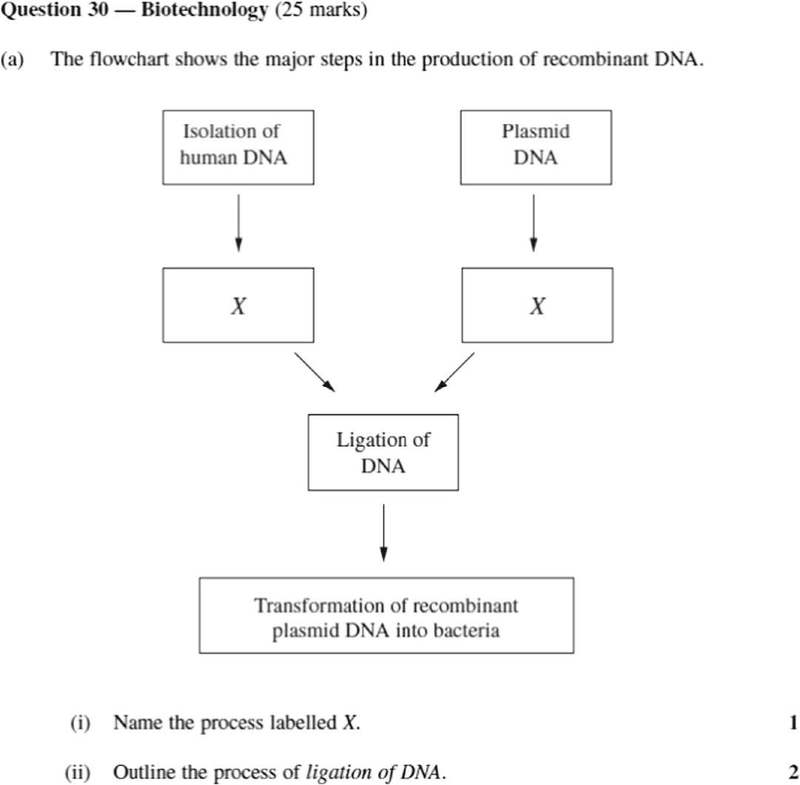e-Learning Ecologies MOOC’s Updates
Update # 3 Multimodal Knowledge Representations in Science Education
In modern learning, Multimodal Knowledge Representations (MKR) are drawn from a multiplicity of approaches, all of which contribute to knowledge creation and meaning making. This paper first defines the MKR and then looks briefly at its application in biological science education. The range of modes for the MKR include visual, spoken, gestural, written, three-dimensional objects and data. The knowledge representations drawn from these modes, can be analysed and described to become meaning making resources, depending on various requirements and contexts. Research reveals that interacting with appropriate MKR can enhance and deepen student learning (e.g., Ainsworth, 2006).
The utilization of MKRs in particularly salient in science education (Norris & Phillips, 2003). It can be argued that developing scientific literacy has always involved dealing with material from a variety of modes – quantitative experimental data, graphical representation and written texts. To become a competent scientist – a student must come to grips with these; being able to integrate and combine them in meaningful ways (Yesildag Hasancebi and Gunel, 2013). As far back as the 1970’s (when I undertook a Bachelor of Science) the topic of DNA in a biological science degree involved reading about DNA in a written text, viewing a 3-dimensional DNA model and even isolating visible quantities of DNA in a laboratory experiment! Also, for many years now modern science textbooks – both as hard copy and on line, have incorporated MKRs to engage learners – see Figure 1 below:
Figure 1: MKRs in a Science textbook (Food digestion, lower secondary school (Science Matters, pp. 28–29)
However, even though digital technologies and their affordances for learning, have seen a wide range of MKRs incorporated into the biological science curricula, one important area still lags behind – that of written examinations. For example, an Australian study of final-year high school Biology examination papers from 2001 to 2013, revealed little use of multimodal representations in the traditional pen and paper tests (Van Rooy and Chan). At best, the papers incorporated static 2-dimensioonal visual-graphical representations – See Figure 2 for a visual flowchart being utilised in a question about DNA.
Figure 2: An examination question supplied as a visual flowchart in an Australian final-year Biology subject.
The authors (Van Rooy and Chan, 2017) call for a move towards a range of alternative assessment formats to better ensure that final assessments align with multimodal learning in the classroom. More generally, the challenge for us as educators is to finally do away with pen and paper tests and move formal examinations to online formats; utilizing an exciting range of multimodal knowledge representations.
References
Ainsworth, S. (2006). DeFT: A conceptual framework for considering learning with multiple representations. Learning and Instruction, 16, 183-198.
Norris S. P. & Phillips, L. M. (2003). How literacy in its fundamental sense is central to scientific literacy. Science Education, 87 (2), 224-240.
Van Rooy, W.S. & Chan, E. (2017). Multimodal representations in senior biology assessments: A case study of NSW Australia. International Journal of Science and Mathematics Education, 15, 1237-1256. https://doi.org/10.1007/s10763-016-9741-y
Yesildag Hasancebi, F., & Gunel, M. (2013). College students’ perceptions toward the multi modal representations and instruction of representations in learning modern physics. Eurasian Journal of Educational Research, 53, 197–214.




Nice information and you explained in a nice way. shillong teer hit number is given here to check the results of teer game.
click here
Dear Helen Parker,
Thanks for sharing the acronym MKR linked to scientific data built by students. Clearly, these final products, depicted in MKR, can be combined with other forms of assessment such as Performance Assessment (PA), instead of Summative Assessment.
Best wishes,
Thanks Soraya - totally agree! We are still doing almost exclusively pen and paper exams at my university.